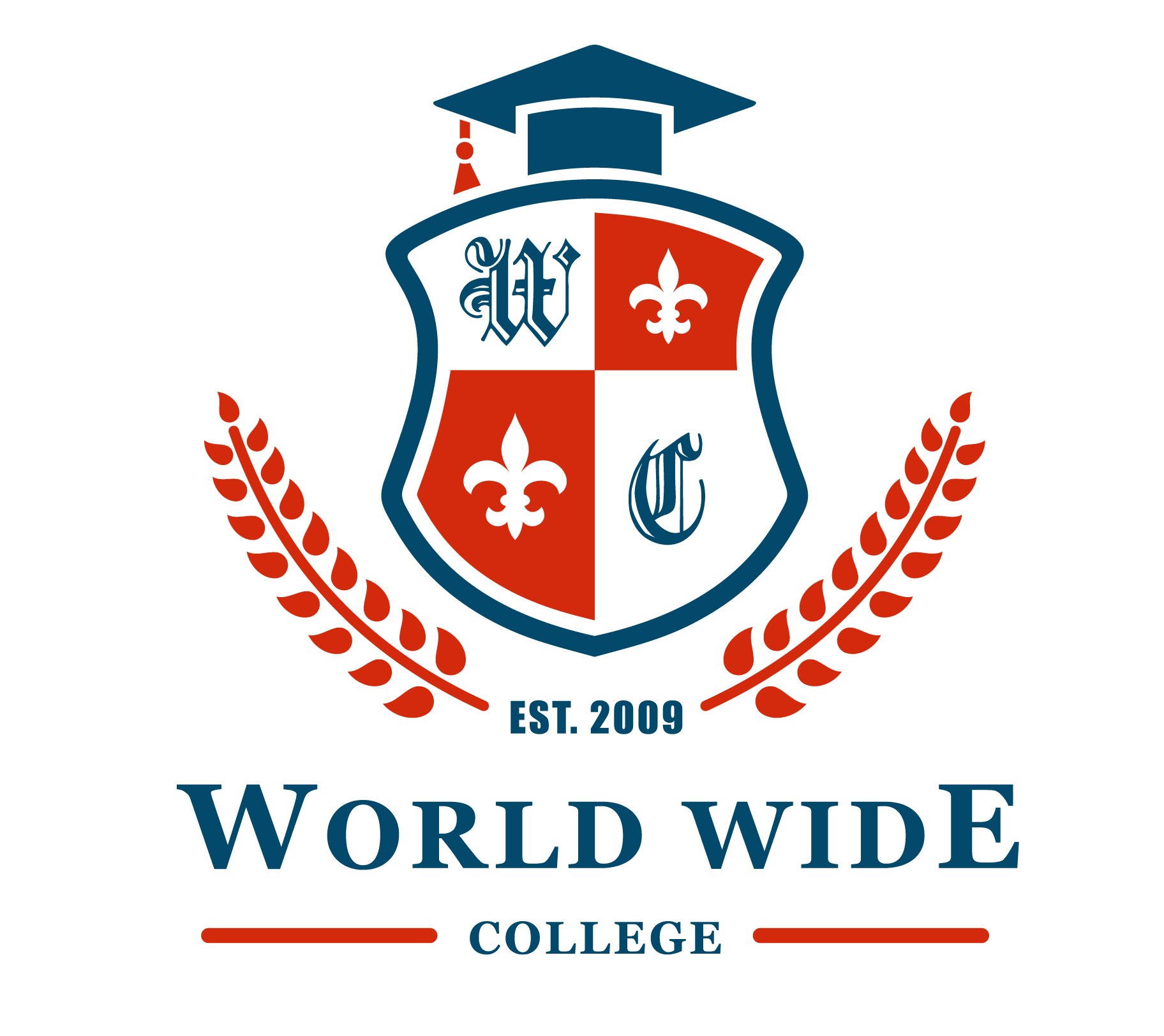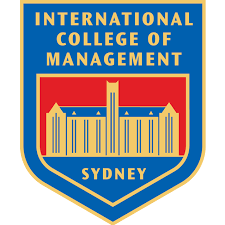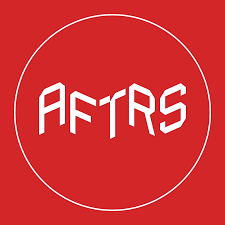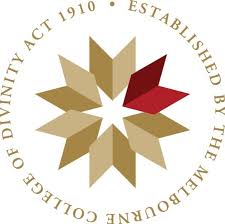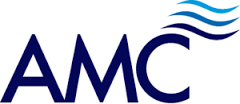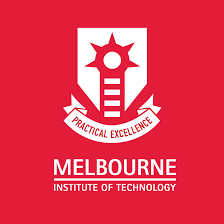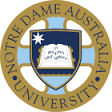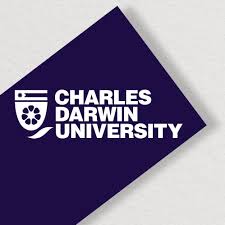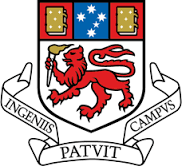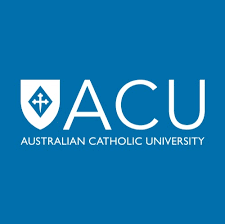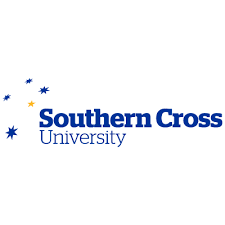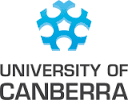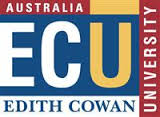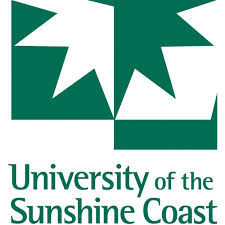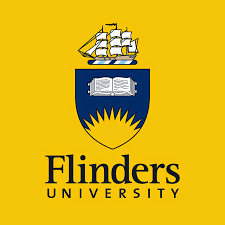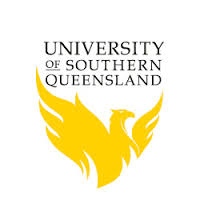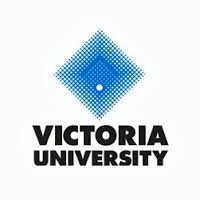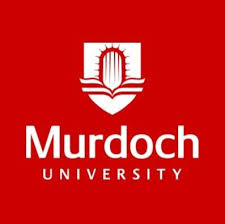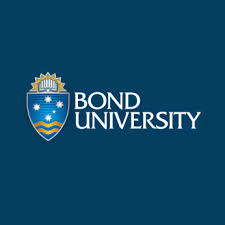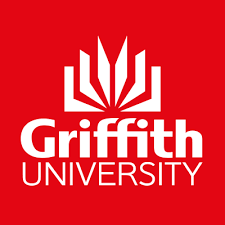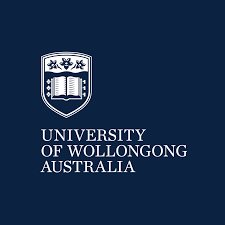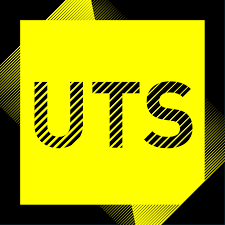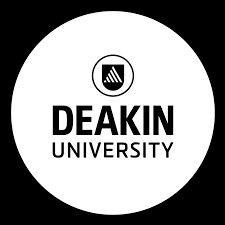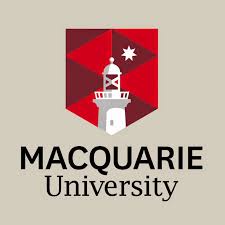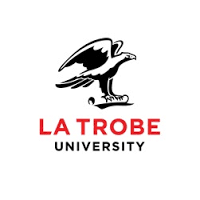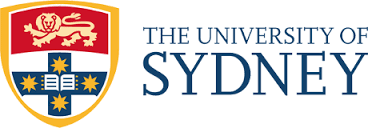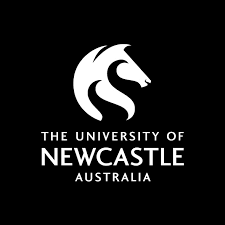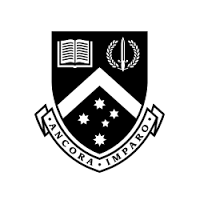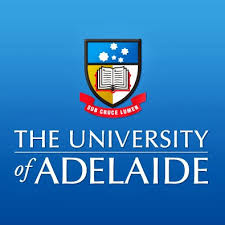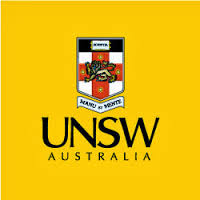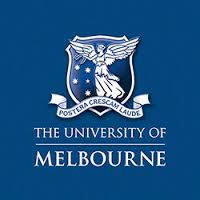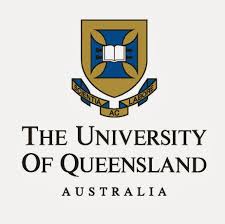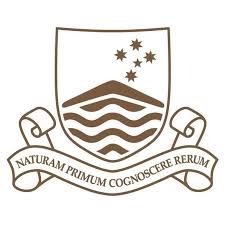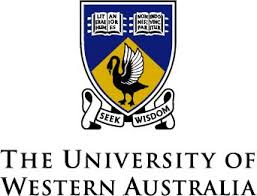Australia
Australia Student Visa Guide
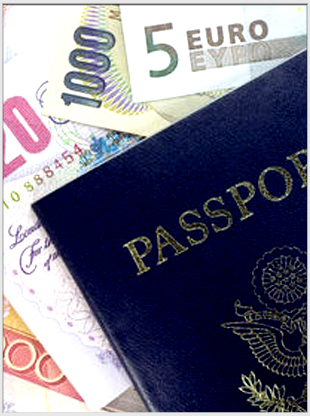
If you wish to Study in Australia, you would need to apply for and get a Student Visa. The visa guidelines for Australian Student visa have changed and a Simplified Student Visa Framework (SSVF) has been initiated from July 1, 2016. As per the new visa guidelines implemented by the Department of Immigration and Border Protection, Australian Government, all students planning to study in Australia need to apply for Visa under Subclass 500 with effect from July 1, 2016. Applications prior to July 1, 2016, were accepted under different subclasses. Recent changes have combined the erstwhile subclasses 571 - 576 under this subclass 500. So, students that are planning to apply to any of the sectors need to apply for Student Visa under Subclass 500 w.e.f. July 1, 2016.
Main Features of the new Simplified Student Visa Framework (SSVF) for Australian Student Visa
Earlier the visas were categorized under Immigration Risk wherein students applying from certain countries were categorized under Assessment Level Framework. The new guidelines have a new combined country and immigration risk framework instead of the old Assessment Level Framework and paper applications have been permanently discontinued.
The New SSVF categorizes the students’ basis both
1. Nationality
Note, a student’s nationality is determined by the passport. Irrespective of where the students are applying for the visa from, the nationality on the passport would be considered. For instance, an Indian Students staying in the USA and applying for the visa from the USA would be considered under the risk levels as specified for India by DIBP.
2. Education Provider’s risk of default
Some of the Universities in Australia have been marked as riskier than others.
Here is the table by which the students’ would be classified under the new SSVF rule
| Country Immigration Risk | ||||
| One | Two | Three | ||
| Education Provider's Risk Category | One | Streamlined | Streamlined | Streamlined |
| Two | Streamlined | Streamlined | Regular | |
| Three | Streamlined | Regular | Regular |
|
DIBP has a tool basis which a student would be identified under the Streamlined/ Regular process. The tool would accordingly populate the list of documents students would be required to furnish. Students are advised to have all the documents ready as DIBP reserves the right to ask for either or all of the documents at the time of the application.
Cost of Visa
The cost of all the subclass visas for students is AUD$ 550. The Australian Government does not require you to have a visa label in your passport to travel to, enter or remain in Australia. But if you want the visa sticker on your passport, you can request and pay for a visa label if you already have a student visa. It is Australian Government policy to charge for visa labels. The charge for a visa label is AUD 150.
| All online applications and services are charged in Australian dollars. |
Acceptable credit cards are MasterCard, VISA, American Express. When paying by credit card in Australian dollars you may incur banking and currency conversion fees and you will need to accept the risk associated with any currency fluctuations.
Various Programs/ Sectors Eligible for Student Visa under SubClass 500
Following is a list of the various sectors/ categories which have been combined to fall under the Subclass 500. Students applying for and admitted to either of the following are eligible to apply for a student visa to Australia.
Independent ELICOS Sector
Students can travel to Australia for a short-term English language course. Referred as ELICOS or the English Language Intensive Course for Overseas Students, the courses leads to a certificate I, II, III or IV. The courses usually vary in length.
Vocational Education and Training Sector
Vocational Education and Training Sector Students enrolled in a registered Vocational Education and Training Course (VET) by a TAFE institute or a private institute can apply for this subclass of visa. That essentially covers student enrolled in either of the following courses:
- Certificate I, II, III and IV (except ELICOS)
- VET Diploma
- VET Advanced Diploma
- Vocational Graduate Certificate
- Vocational Graduate Diploma
Higher Education Sector
Higher Education Sector refers to Students that are enrolled in a registered full-time higher education course at a University/ college or institutes. The following courses are covered under this category of visa:
- Courses at undergraduate level at a University (Bachelor/ Associate Degree)
- Courses for postgraduate level at a university (master’s degree by coursework like MBA, MS, etc.)
- Post Graduate courses that offer a higher education diploma or advanced diploma like PGDBM, etc.
Essentially, these are courses that extend beyond a year. However, they can also be of a shorter duration.
Post Graduate Research Sector
This sector refers to students enrolled for
- Master’s degree by research
- Doctoral degree
Student sponsored by Department of Foreign Affairs or Trade or the Department of Defense also fall under one unified category.
Validity of Student Visa
As per the new guidelines in effect from July 1, 2016, the validity of the visa would be in accordance with the duration of the course the student is enrolled in.
|
Course Duration |
Visa Validity |
|
?Longer than 10 months and ending in November/ December |
Till March 15 of the following year. For e.g. your course ends December 2018, your visa would be valid until March 15, 2019. |
|
Longer than 10 months but finishing between January and October |
Your visa would be valid two months longer than the duration of your course. For ex. the course ends in Feb 2018, then your student visa would be granted till April 2018. |
|
?10 months or less |
?Your visa will be valid for one month longer than the duration of your course. |
Basic Eligibility Requirements for Australian Student Visa
Like in any visa, there are some basic requirements which a student must meet to be eligible for a Student Visa for Australia. These are listed below:
Full-Time Study
Students enrolled in a full-time study course are only eligible to apply for a Student Visa under Subclass 500. Part-time and distance learning courses do not qualify.
Genuine Temporary Entrant (GTE)
Getting an Australian Student Visa requires the student to be able to prove that he/she is a Genuine Temporary Entrant. Essentially, that means that you should be able to convince that you only intend to travel to Australia for studies and would return to your home country at the end of the course or after a few years of experience. Your Visa Applications are accordingly assessed on various factors, namely;
- Your circumstances in your home country which includes your economic circumstances.
- Potential circumstances/opportunities for you in Australia
- Value of your chosen course to your future
- Your immigration history
- Any other relevant matters
Health Checkup and Insurance
In order to receive a student visa for Australia, you need to provide proof that you are in good health. You can do so by providing a certificate of good health. The health checkup and certificate can only be provided by the empaneled doctors. You can make an appointment with the one closest to you for the same. Here’s a link for the Empaneled Doctors for India. eMedical Facilities are available in India and often the records are updated immediately. You would be provided with a HAP id which you would need to provide at the time of filling the form. Also, Indian students also need to provide a Chest X-Ray that proves that you do not suffer from Tuberculosis since India is considered a high-risk country.
You can apply for a health checkup before or after starting the visa application. However, getting it beforehand would ensure quicker processing.
Apart from a health checkup, you also need a Health Insurance or an OSHC (Overseas Students Health Cover). At the time of visa application, you should have an Overseas Student Health Cover (OSHC) for the duration of your visa. Depending on the duration of your health cover, your visa tenure would be settled so make sure that it covers the duration of your course. The average cost of OSHC is AUS$437 for 12 months for a single student.
Good Character
Students are required to provide proof of good character which necessarily suggests that you do not have any criminal case against you and/ or you have never been deported from Australia before. Often, a simple declaration of the same is accepted on the form.
Documents Required for Student Visa for Australia
As per the tool available of DIBP’s website, students can ascertain the documents which would be required. We are providing you with all the possible documents which might be required under Streamlines and Regular Evidentiary documents. Remember, since the application is only online, students must ensure that they have scanned copies of all the documents listed ready before they start their online application. Also, please remember that the list of Regular Evidentiary Documents is in addition to the documents required for the SSVF processing.
- Valid Passport - Your passport must be valid for at least six months beyond your period of stay in the Australia.
- Non-immigrant Visa Application
- Application fee payment receipt
- Confirmation of Enrolment Form (COE) - To obtain a visa to study in Australia you must be fully enrolled in an Australian institution and receive a “Confirmation of Enrolment (COE)”. These forms are issued by the Australian institution you will be attending. The forms are usually issued after the tuition fees have been received.
- Acceptance letter from your host university, this will include the proposed study plan
- Overseas health insurance receipt (OSHC)
- Recent Digital photographs
- Transcripts, diplomas, degrees, or certificates from schools you attended
- English Language Test Scores
- Your intent to depart Australia upon completion of the course of study
- Evidence of Financial Capacity
How and When to Apply for Australian Student Visa
You can apply for an Australian Student Visa maximum of 124 days prior to the commencement of your course. Also, you can travel to Australia maximum 90 days prior to the start of your course.
Under the new SSVF Guidelines. the Australian Student Visa process is completely online. Here are the steps you need to follow
- To start an online application, you will need to create and log into your ImmiAccount.
- Applicants should fill the visa application form corresponding to the visa subclass under which they are eligible to apply for. (Education agents and Registered Migration Agents (RMAs) based in India who are registered to access the student online lodgement facility can lodge student eVisa applications on the behalf of the student.)
- To track your application, you will again need to login to your ImmiAccount. You can use your account to attach documents, update passport details, change email and address details and check the progress of your application.
- A Transaction Reference Number (TRN) is a unique number assigned to each online application. You will need this to track and manage your application, identify when you need to communicate with the visa center and check your visa entitlements.
Dependents
The dependents also apply under SubClass 500 and pay the additional fee required. You must declare all family members on your visa application at the time of submission, even if they do not plan to travel with you to Australia. If you do not do this, later on, your family members will not be eligible for the grant of dependent visas to join you in Australia.
The partner of the student gets a Dependent Visa and a valid work permit for the same duration as the primary applicant. This is applicable only for Master's degree application.
Part Time Work Options under Student Visa Subclass 500
The part-time work options for students going to Australia have remained unchanged. Under Visa Subclass 500, students are eligible to work for up to 40 hours in a fortnight while the course is in Session and for unlimited hours when the course is not in session (during breaks). The only proviso is that the student cannot start working till the course commences.
A few things to remember:
- Students cannot work until the session begins. For instance, say your course starts January 2017 and you reach Australia by December 2016, then you cannot take up employment till your session begins.
- In case work is a normal part of the curriculum of the course you are enrolled for then this limit does not apply. This is usually applicable in the case of compulsory internships of integrated courses.
- Also, students that fall under the Post Graduate Research Sector can work for unlimited hours when the research work or doctoral thesis begin. Also, in case there are any preliminary courses that the student has enrolled into, the student is eligible to work as per the 40 hours per fortnight rule mentioned above.
- Students completing the Australian study requirement can apply for a Post-study Work Permit under Graduate Stream. However, students enrolled in an ELICOS cannot apply for Post Study Work Permit for Australia.






